Three takeaways from the 2020 World Nuclear Industry Status Report
By John Krzyzaniak | September 25, 2020
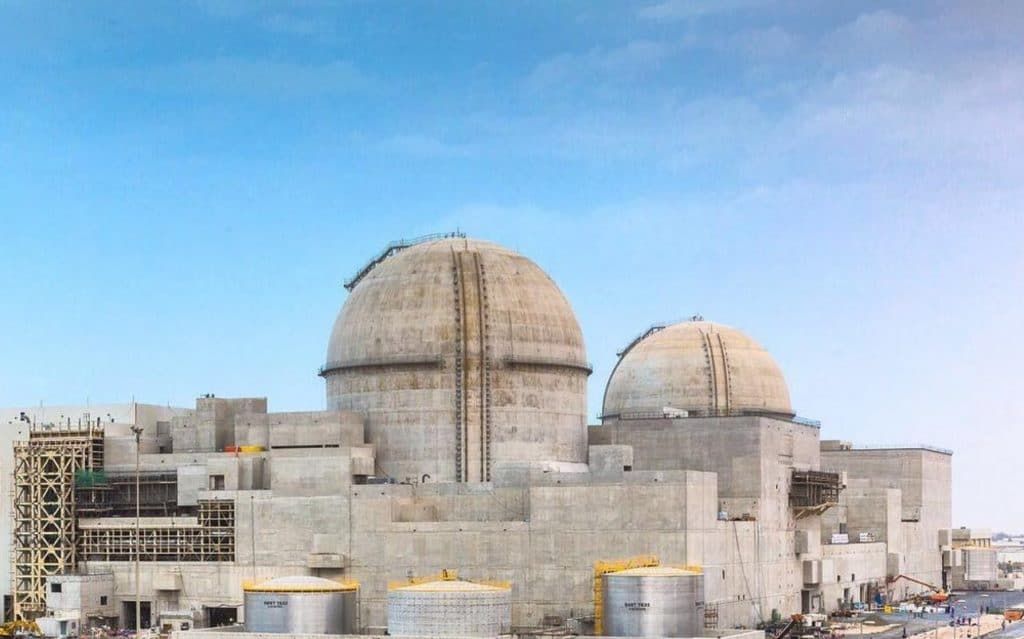 The Barakah Nuclear Power Plant in the United Arab Emirates. The reactor officially became operational in August 2020.
The Barakah Nuclear Power Plant in the United Arab Emirates. The reactor officially became operational in August 2020.
The size of the global nuclear fleet has been stagnant for 30 years, and last year was no different. According to the 2020 World Nuclear Industry Status Report, released Thursday, there were 408 nuclear reactors online across the world as of July 1, 2020—a decline of nine units since the middle of last year and roughly on par with the number of reactors in operation in 1988.
The bulky 361-page industry report was compiled by an international team of independent experts led by Mycle Schneider, a consultant based in Paris. Over the last 15 years, it has become well-known for offering accurate but often sobering assessments of the state of nuclear energy across the globe. Last year, Schneider pointedly asserted that “the world is experiencing an undeclared ‘organic’ nuclear phaseout.”
Although the 2020 report is overflowing with data, several key trends stand out.
First, although the raw number of worldwide reactors is well below its all-time high of 438, their actual combined electricity generation came close to setting a record. As a whole, they generated 2,657 terawatt-hours of electricity in 2019, only three terawatt-hours below the historic peak in 2006. The United States, Russia, and China all hit individual country records for total electricity production from nuclear energy. Nevertheless, nuclear energy’s share of the energy market is in long-term decline, as other forms of energy witness rapid expansion.
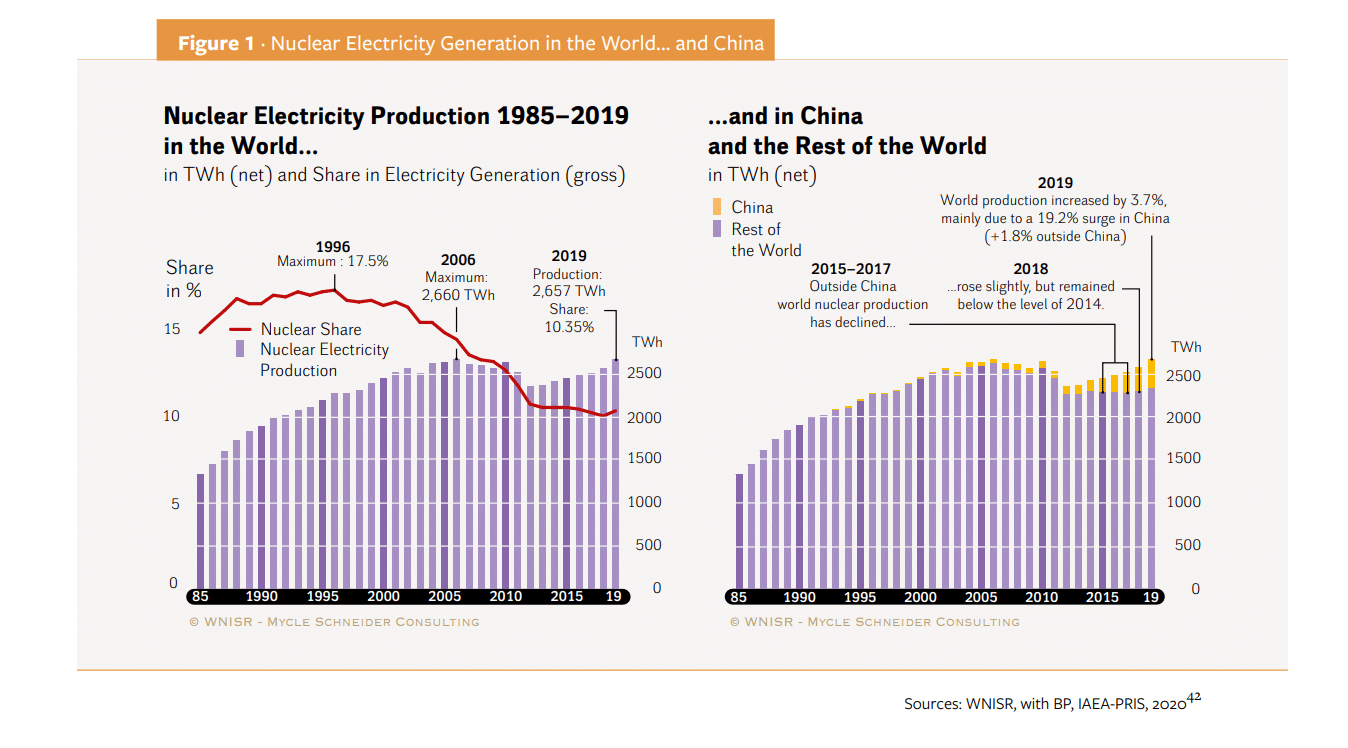
Second, China continues to be the main driver of new nuclear energy, but over the long term its intentions are uncertain. The number of new projects there appears to be slowing. Whereas two years ago there were 20 units under construction, today there are only 15. Moreover, China missed its nuclear energy goals for 2020 by a sizeable margin: It planned to have 58 gigawatts of installed nuclear capacity and 30 more gigawatts under construction, but it currently has about 45 gigawatts capacity online and only 14 more under construction.
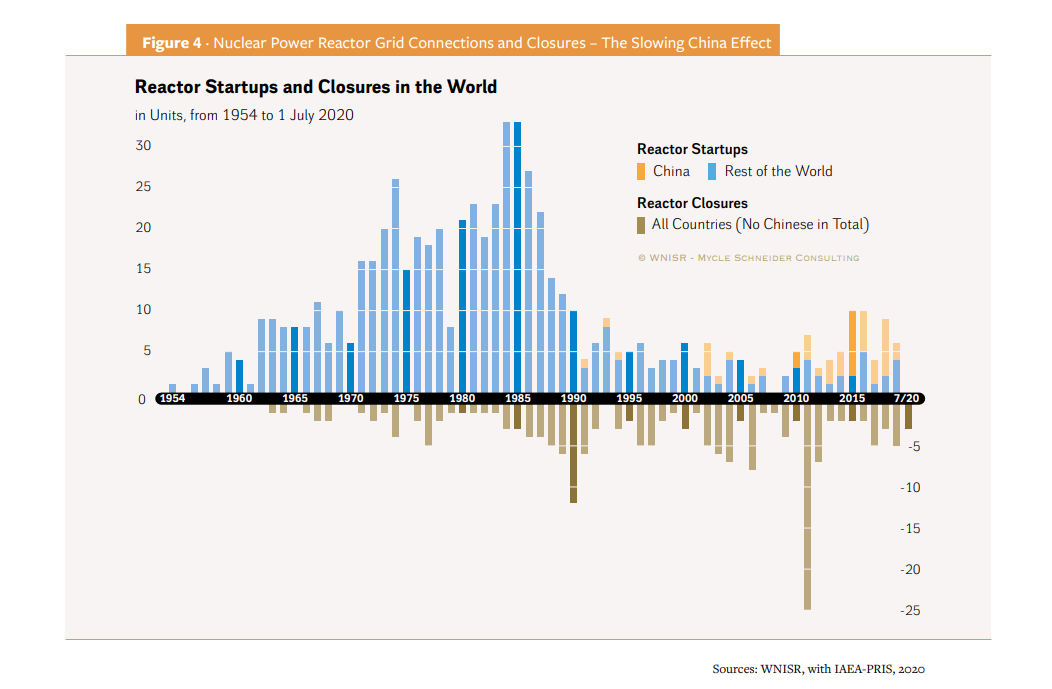
Third, reactor construction delays and cost overruns continue to plague the nuclear industry and, notably, early indications suggest that small modular reactors may be no exception.
For 63 reactors that came online worldwide between 2010 and 2019, the mean construction time was 10 years. Tennessee’s Watts Bar Unit 2, which took more than 43 years from construction start to grid connection, was the only reactor completed in the United States during that time period. But even in China, where average construction times were among the lowest, delays were widespread, and in many cases the real construction times were double the initial expectations.
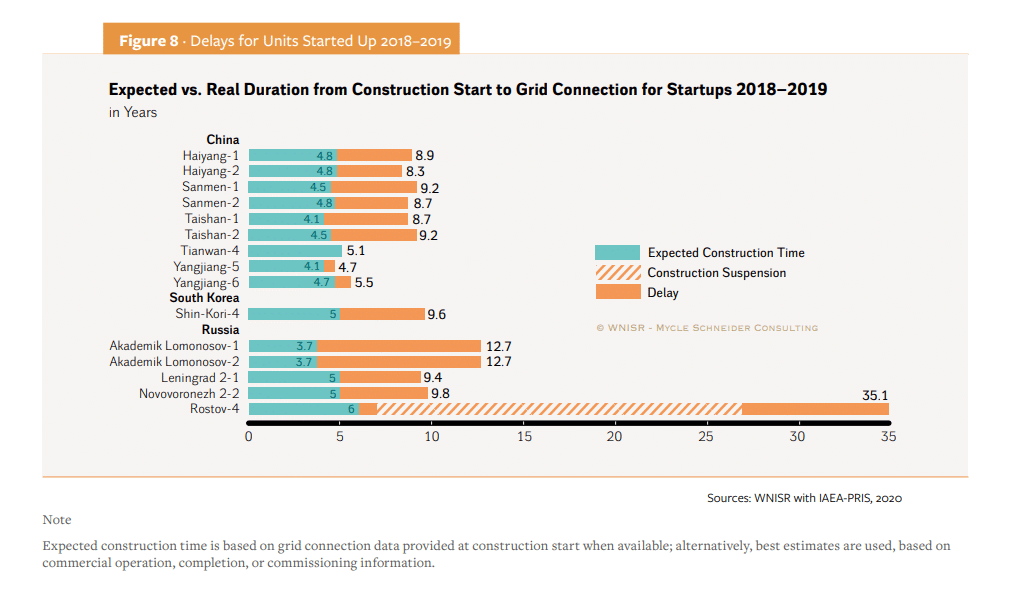
While small modular reactors exist mostly on paper, there are many companies hoping to change that, promising units that are safer, cheaper, and faster to build. Last month, the US Nuclear Regulatory Commission approved a small modular reactor design submitted by a company called NuScale Power. Though several hurdles remain, NuScale plans to build its first reactor at the site of the Idaho National Laboratory and supply power to Utah Associated Municipal Power Systems as early as 2029.
But other countries’ recent experiences, detailed in the report, point to the difficulties ahead. Russia brought two small reactors online in 2019, but these took over 12 years to build, and at a cost about six times as much as the original estimates. These are the famed floating reactors of the Akademik-Lomonosov—they’re literally installed on a large ship, and that complication almost certainly contributed to the delays and high costs.
But there are more comparable examples for NuScale. The CAREM-25, a 25-megawatt prototype small modular reactor in Argentina, was supposed to receive its first fuel load in 2017 but is at least three years behind schedule. Similarly, China’s High Temperature Reactor project is running four years behind schedule and, while China originally planned to build 18 more of these smaller reactors, the report suggests its appetite may be sated after just one.
That means if countries want to wean themselves off of fossil fuels and stave off the worst effects of climate change, they may need to look elsewhere. And, the report suggests, they already are. The world added 184 gigawatts of non-hydro renewable capacity in 2019, a stark contrast to the 8-gigawatt decline in nuclear capacity.
Together, we make the world safer.
The Bulletin elevates expert voices above the noise. But as an independent nonprofit organization, our operations depend on the support of readers like you. Help us continue to deliver quality journalism that holds leaders accountable. Your support of our work at any level is important. In return, we promise our coverage will be understandable, influential, vigilant, solution-oriented, and fair-minded. Together we can make a difference.
Keywords: nuclear energy, nuclear industry, small modular reactor
Topics: Nuclear Energy


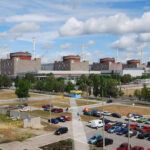













The growth in installed capacity of renewables is remarkable but it does not obscure the fact which you omit to mention that nuclear is still by far the biggest source of low-carbon electricity globally. Nuclear, as you say, generated 2657 TWh in 2019. In comparison wind produced 1430 TWh and solar only 724 TWh. https://ourworldindata.org/renewable-energy The International Energy Agency says that “Achieving the pace of CO2 emissions reductions in line with the Paris Agreement is already a huge challenge, as shown in the Sustainable Development Scenario. It requires large increases in efficiency and renewables investment, as well as an increase… Read more »